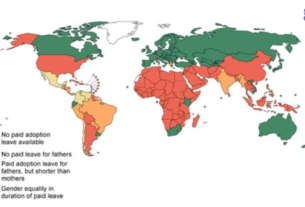Top U.S. military leaders appeared before Congress to defend the Pentagon’s budget priorities, highlighting urgent needs to reshape the armed forces for modern warfare. During a hearing before a subcommittee of the House Armed Services Committee, service chiefs outlined a vision for a “leaner, more lethal” military capable of operating in contested global domains.
Army General James J. Mingus, Vice Chief of Staff of the U.S. Army, led the testimony, emphasizing the need to restructure traditional forces for future conflicts. “We must be faster, smarter, and more agile,” Mingus told lawmakers. “The battlefield is evolving—our forces must evolve with it.”
Key Priorities Outlined by Military Leadership:
- Shifting to a leaner force structure to increase operational flexibility.
- Expanding cyber and space capabilities to counter near-peer adversaries.
- Investing in advanced technology and AI integration for decision-making and targeting.
- Modernizing logistics and supply chains to sustain long-term operations in contested zones.
The hearing comes as the Pentagon proposes a $905 billion defense budget for FY2026, amid increasing competition with China, Russia, and emerging threats across the Indo-Pacific, cyber, and space domains.
Lawmakers pressed officials on cost-efficiency and readiness levels, especially in light of prolonged U.S. commitments abroad and shifting global alliances. Committee members expressed bipartisan support for modernization but questioned reductions in troop numbers and the pace of technological adoption.
General Mingus reassured Congress that the military remains focused on combat readiness and joint interoperability across all services. “We are not downsizing; we are right-sizing to dominate future battlefields,” he said.




